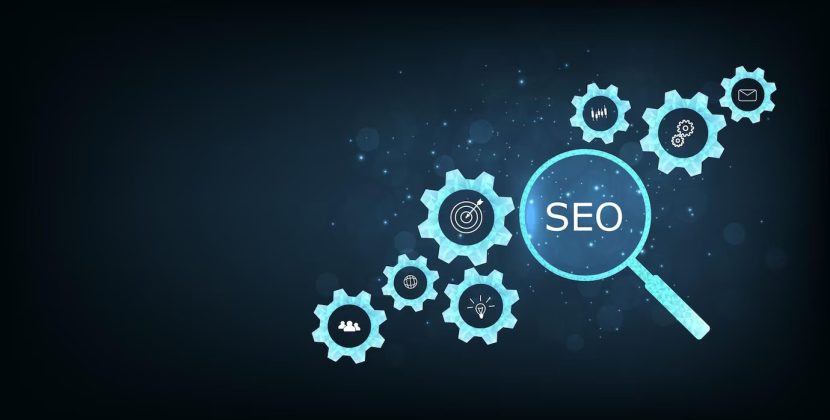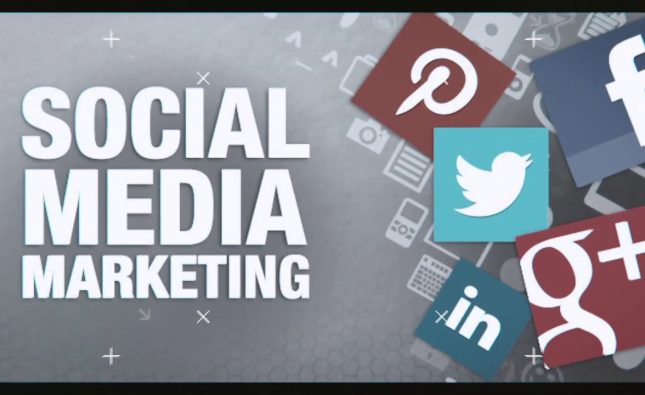
As a startup owner, you know that the early stages of your business can be both exciting and challenging. One of the biggest hurdles to overcome is converting potential customers into paying ones. You may have a great product or service, but if you’re not able to effectively communicate its value and convert leads into sales, your business won’t thrive. That’s why we’ve put together this guide on how to boost your conversion rates in the early stages of your startup. From defining your target customer to analyzing and optimizing your conversion rates, we’ll cover everything you need to know to turn those leads into loyal customers!
Defining Your Target Customer
Defining your target customer is an essential step in boosting your conversion rates. Without knowing who you’re trying to reach, it’s nearly impossible to tailor your messaging and marketing efforts effectively. Start by creating a buyer persona that represents the ideal customer for your business.
Consider factors like age, gender, location, interests, pain points, and buying habits when developing this persona. The more detailed and specific you can be, the better. Use tools like surveys or social media analytics to gather data about your audience and refine your understanding of their needs.
Once you have a clear picture of who you’re targeting, craft messaging that speaks directly to them. Use language that resonates with their pain points and emphasizes how your product or service solves their problems.
Remember – not everyone will be interested in what you have to offer. By focusing on a specific audience segment, however, you’ll increase the likelihood of converting leads into paying customers over time!
Creating a Compelling Offer
Creating a Compelling Offer
When it comes to boosting your conversion rates, having a compelling offer is crucial. Your offer should be something that resonates with your target customer and provides them with real value.
To create an effective offer, start by thinking about what problem you can solve for your potential customers. What pain points do they have? How can you make their lives easier or better?
Once you have identified the problem you can solve, create an offer that speaks directly to that issue. Make sure it is clear what benefits they will receive from taking advantage of your offer.
Your offer should also be unique and differentiate yourself from competitors in the market. Consider offering a free trial or demo of your product/service as a way to entice potential customers to try out what you have to offer.
Don’t forget to include a sense of urgency in your offer, such as limited availability or time-sensitive deals. This creates FOMO (fear of missing out) which motivates potential customers to act quickly.
In summary, crafting an effective and persuasive offer requires understanding the needs and wants of your target audience, highlighting how you can provide value, differentiating yourself from competitors, and creating urgency around taking action on the opportunity presented by your business.
Building a High-Converting Landing Page
Building a High-Converting Landing Page is crucial to any startup’s success. A landing page is typically the first point of contact between your potential customer and your business, so it should be designed with utmost care.
Firstly, ensure that your landing page has a clear and concise headline that accurately explains what you offer. This will help the visitor quickly understand if they’ve landed on the right page or not. It’s also important to keep the design simple, clean, and easy to navigate.
Next up, include social proof such as testimonials or reviews from satisfied customers. This helps build trust and credibility for your brand which can further improve conversion rates.
Another key element is having a strong call-to-action (CTA) button that stands out prominently on the page. The CTA text should be action-oriented and convey a sense of urgency like “Get Started Now!” or “Limited Time Offer!”
Make sure your landing page is optimized for mobile devices as well since more people are browsing on their phones than ever before. By following these tips, you can create a high-converting landing page that increases conversions and drives growth for your startup!
Driving Traffic to Your Landing Page
Once you have created a high-converting landing page, the next step is to drive traffic to it. There are various strategies that can be used to get people on your website and increase visibility.
One way to generate traffic is through paid advertising. Google AdWords or Facebook Ads can be effective in targeting specific demographics and interests. However, this method requires a budget and constant monitoring of ad performance.
Another approach is search engine optimization (SEO). This involves optimizing your website for search engines such as Google by using relevant keywords and creating quality content. By ranking higher on search results pages, organic traffic can increase significantly.
Social media platforms also present an opportunity for driving traffic. Sharing links with engaging captions or running promotions through social media channels can attract potential customers to your landing page.
Leveraging email marketing campaigns can drive repeat visitors back to your website while increasing brand awareness among subscribers who may not have heard about you yet.
Regardless of the strategy chosen, it’s important to track data constantly and adjust accordingly based on what works best for driving conversions at the lowest cost per acquisition possible.
Analyzing and Optimizing Your Conversion Rates
Now that you’ve defined your target customer, created a compelling offer and built a high-converting landing page, it’s time to analyze and optimize your conversion rates.
The first step in analyzing your conversion rates is identifying where the drop-off happens in the sales funnel. This can be done by tracking user behavior through tools such as Google Analytics or Hotjar. Look for areas where users are abandoning their purchase or leaving the site without taking action.
Once you’ve identified these areas, it’s time to start optimizing them. One tactic is A/B testing, which involves creating two versions of a page with one variable changed (such as button color) and seeing which version performs better.
Another tactic is improving website speed and usability. Make sure pages load quickly and are easy to navigate on both desktop and mobile devices.
Don’t forget about the importance of copywriting in conversion optimization. Use clear language that highlights the benefits of your product or service, rather than just its features.
By continually analyzing user behavior and optimizing your site accordingly, you can improve your startup’s conversion rates over time.
Conclusion
Boosting conversion rates in the early stages of a startup can be challenging, but it’s essential for success. By defining your target customer, creating a compelling offer, building a high-converting landing page, driving traffic to that page, and analyzing and optimizing your conversion rates, you can increase your chances of turning visitors into customers.
Remember always to focus on providing value to your customers by understanding their needs and preferences. Make sure to test different strategies continually until you find what works best for you. Keep an eye on new trends and changes in consumer behavior so that you can stay ahead of the curve.
By following these tips and techniques consistently over time, you will see significant improvements in your conversion rates. With patience and persistence, even small startups with modest budgets can achieve great results when it comes to boosting conversions. So keep pushing forward towards success!










